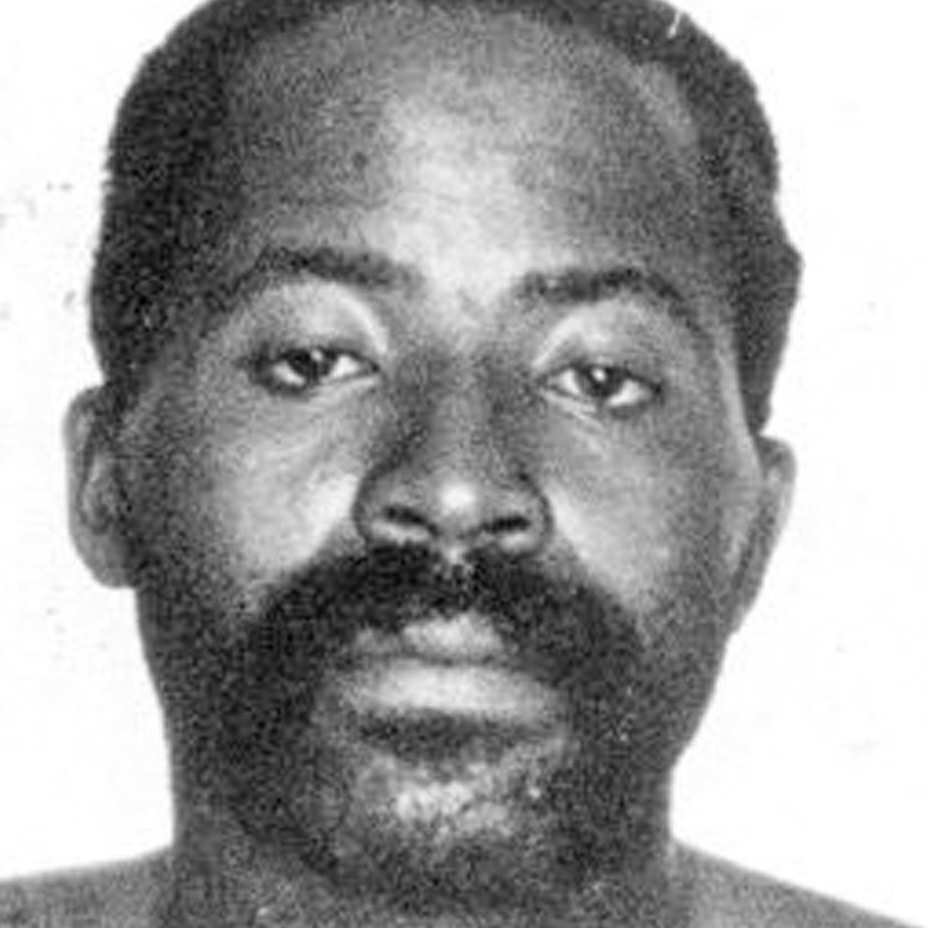
1957 - 1989
Louis Craine
Summary
Name:
Louis CraineNickname:
The Southside SlayerYears Active:
1984 - 1987Birth:
January 06, 1957Status:
DeceasedClass:
Serial KillerVictims:
4+Method:
StrangulationDeath:
November 03, 1989Nationality:
USA
1957 - 1989
Louis Craine
Summary: Serial Killer
Name:
Louis CraineNickname:
The Southside SlayerStatus:
DeceasedVictims:
4+Method:
StrangulationNationality:
USABirth:
January 06, 1957Death:
November 03, 1989Years Active:
1984 - 1987Date Convicted:
May 16, 1989bio
Louis Craine was born on January 6, 1957, in Los Angeles, California, the third of four children in a working-class African-American family. From a young age, Craine exhibited signs of intellectual disability and struggled in school. His education ended prematurely after the fourth grade, after which he fell into conflict with family members and dropped out of structured learning entirely. He grew up in South Los Angeles, an area that would later become notorious for a wave of serial killings in the 1980s.
By the early 1970s, Craine had left his parents’ home and began living as a transient. Lacking any formal education or job skills, he took on sporadic low-wage work in the construction industry and often drifted between jobs and residences. At the time of his arrest in 1987, Craine was unemployed and appeared to be living a marginal existence in the same South Central neighborhoods where many of his alleged crimes occurred.
Craine's mental capacity became a major point of concern during his prosecution. Defense attorneys cited multiple tests indicating an IQ of 69, which placed him in the range of intellectual disability. His legal team emphasized that he was highly suggestible and prone to false confessions. Despite this, prosecutors and investigators treated him as competent, and his claims of coercion were rejected in court.
murder story
Louis Craine’s arrest on May 29, 1987, marked the unraveling of one of several interlinked serial killer cases operating in South Los Angeles during the 1980s. On that day, police found the body of 29-year-old Carolyn Barney—strangled and sexually assaulted—in an abandoned house close to where Craine's own family lived. Detectives noted Craine loitering near the crime scene, watching the investigation unfold with unusual interest and agitation. His odd behavior drew suspicion, and officers brought him in for questioning.
During a prolonged interrogation, Craine confessed not only to Barney’s murder but also to the killings of Loretta Perry and Vivian Collins, both of whom had also been raped and strangled in the preceding months. He implicated his brother Roger in the murder of Collins, but the accusation fell apart after multiple relatives, including their mother, confirmed Roger had an alibi.
As the investigation widened, Craine was later charged with two additional murders: 24-year-old Gail Ficklin (August 1985) and 30-year-old Sheila Burton (November 1984). These women had similarly been strangled, raped, and left in abandoned or neglected buildings near his parents’ home. In all, he was tried for five killings, though he was ultimately convicted of four.
The prosecution’s key evidence included a shirt stained with blood matching one of the victims and eyewitness testimony from Craine’s own family. His mother told jurors that he had returned home covered in blood around the time of one of the killings and had previously expressed violent hatred toward sex workers. Despite the gravity of this testimony, Craine retracted his confessions, insisted on his innocence, and accused his relatives of lying under oath.
Defense attorneys fought for a psychiatric evaluation to confirm his intellectual disability, but the court denied their motion. Despite repudiating his prior statements and claiming the bloody shirt was not his, the jury found Craine guilty on May 16, 1989. He was acquitted in the murder of Sheila Burton, as the evidence failed to meet the threshold for conviction. On June 6, he was sentenced to death.
However, Craine’s time on death row was short-lived. He had contracted HIV prior to his conviction, and his health declined rapidly. He was transferred to a prison hospital near San Rafael, California, where he died on November 3, 1989, from complications related to AIDS—barely five months after being sentenced.
Craine’s case remains a subject of controversy due to his mental condition and the wider context of the Southside Slayers investigations. At least five other serial killers were known to be operating in the same vicinity during that era, and some investigators and advocates questioned whether Craine had been wrongfully convicted of some crimes that might have been committed by others. Nonetheless, authorities maintained his culpability based on physical evidence and his own statements, even amid criticism over due process and mental competency.